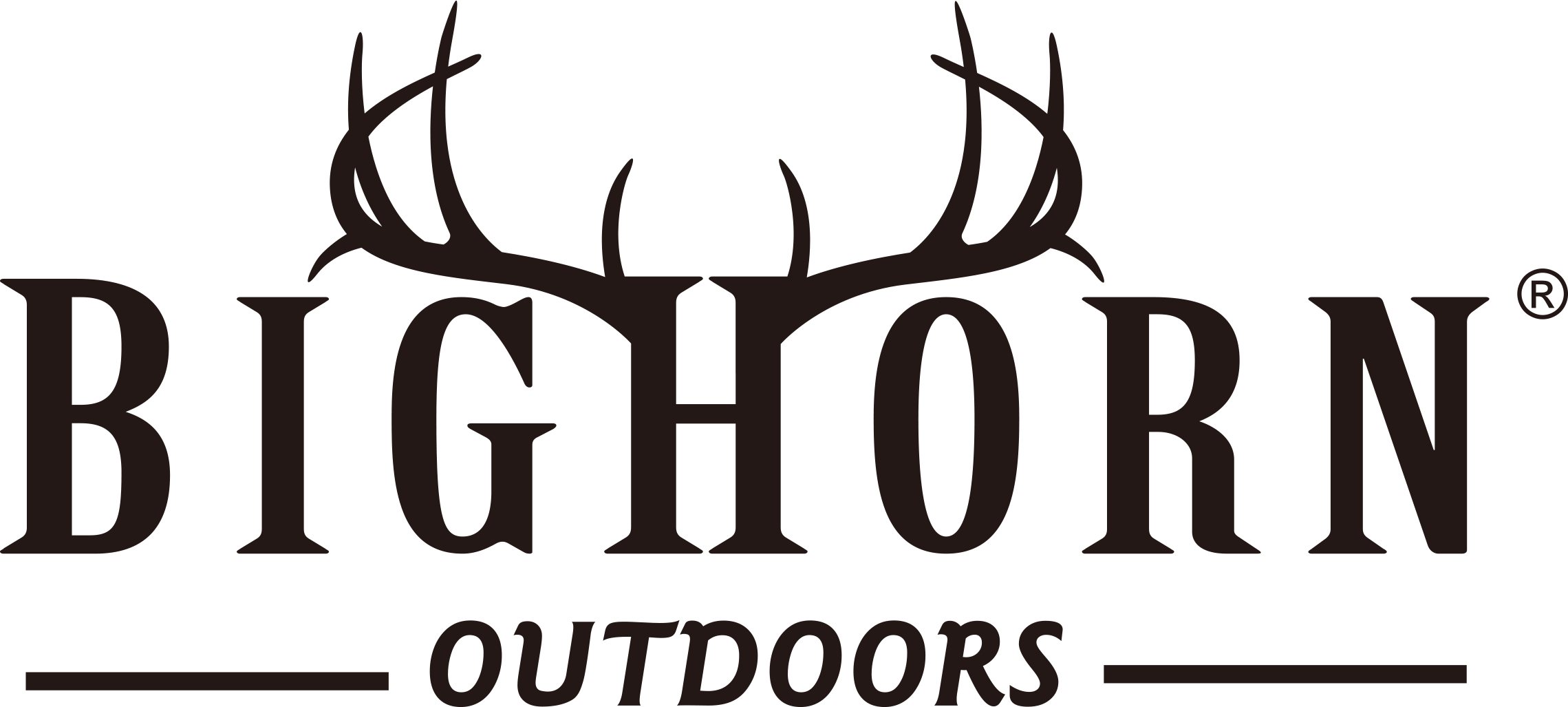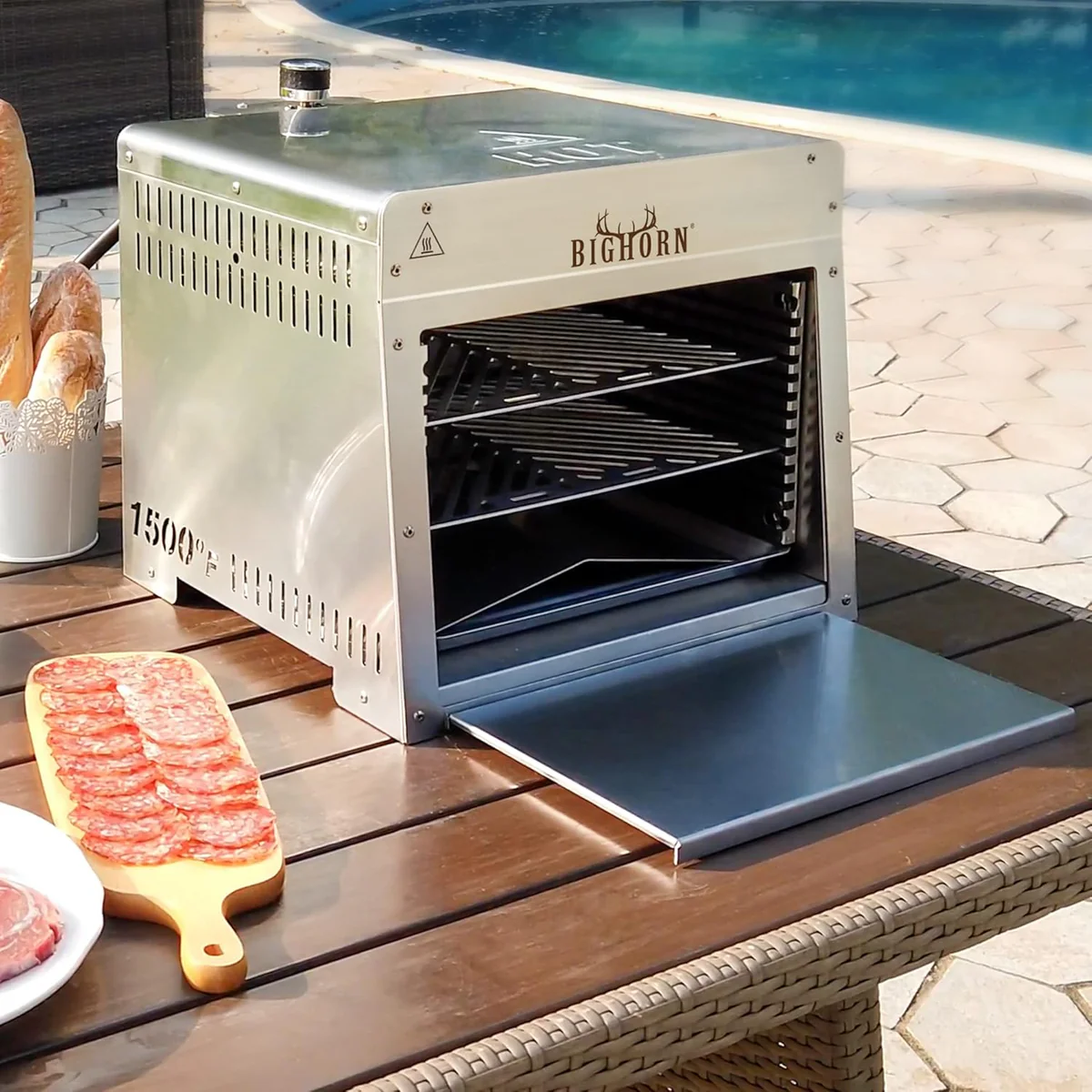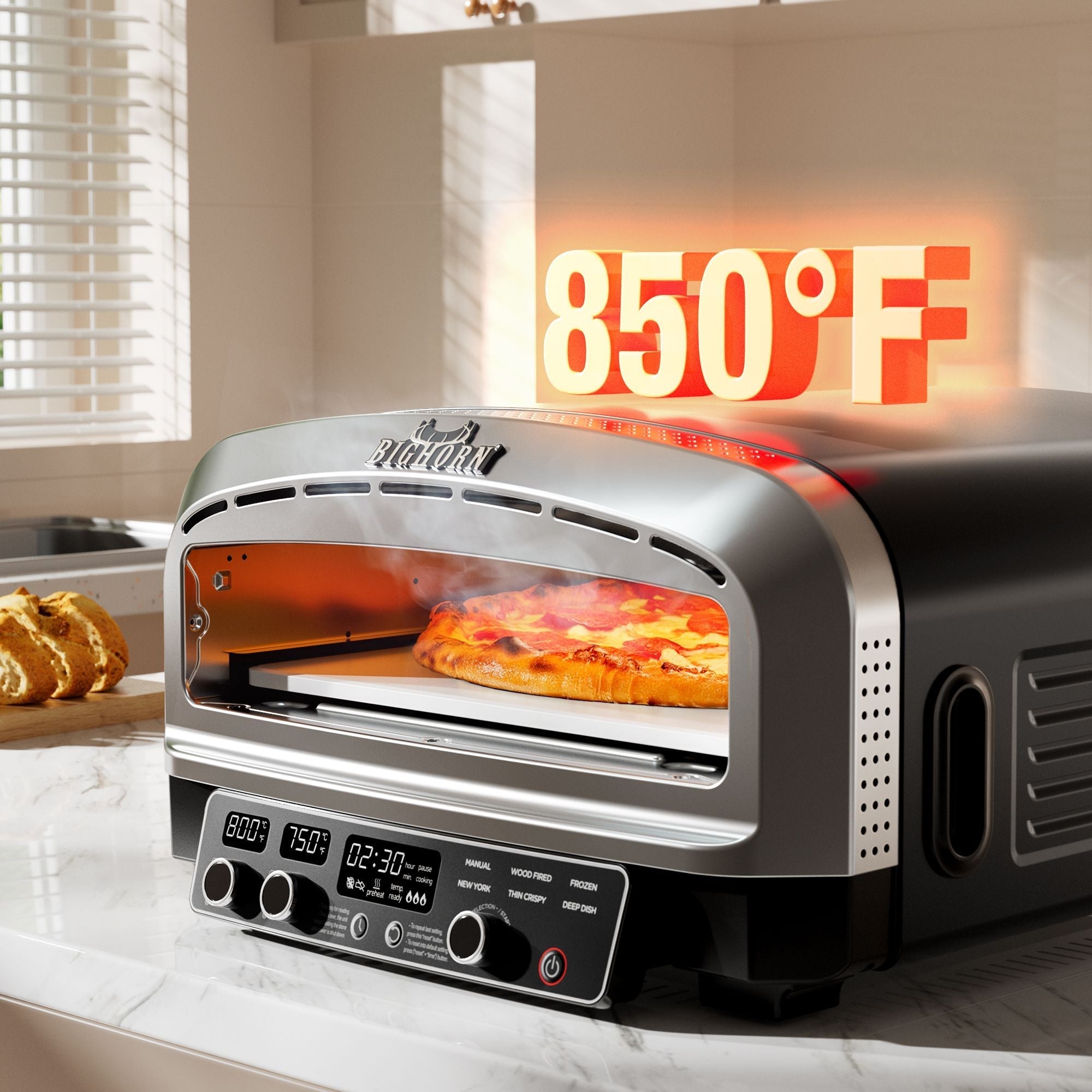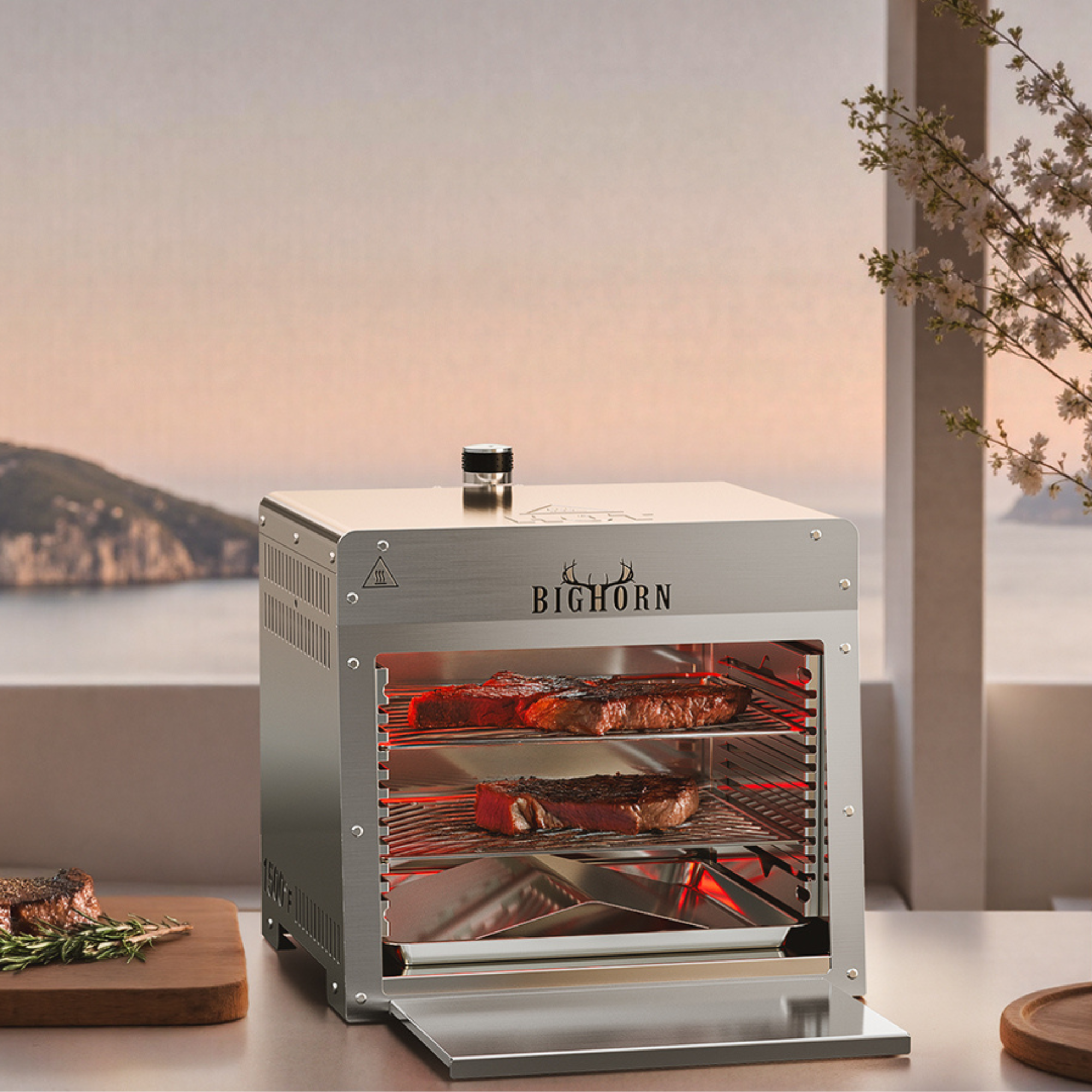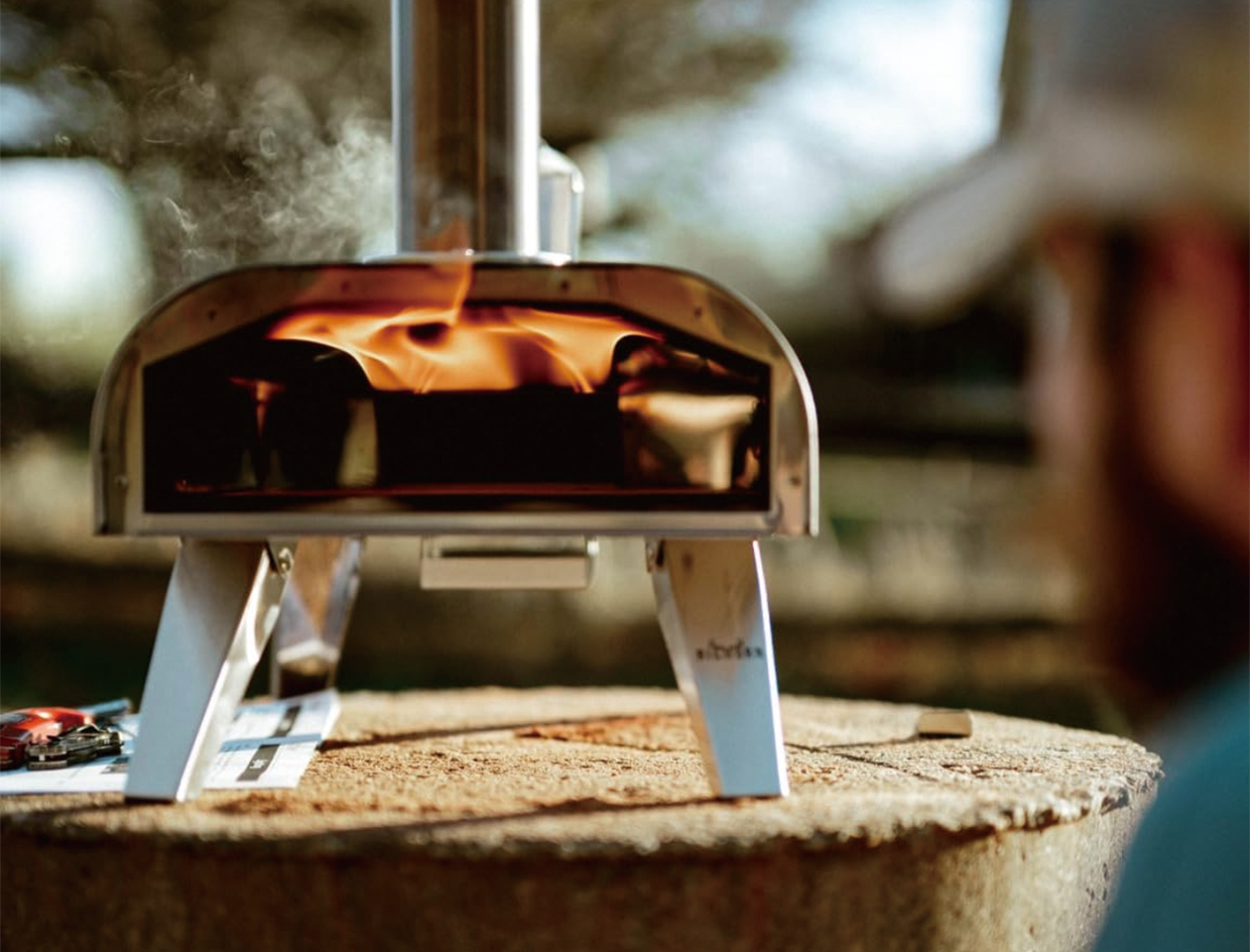Nothing says 'summer' quite like a perfectly grilled hamburger. But achieving that juicy, flavorful, steakhouse-quality burger on your gas grill can be tricky. Too often, they end up dry, dense, or falling apart. Forget the guesswork. This guide will give you the straightforward, step-by-step process for grilling the best burgers you've ever made. From choosing the right meat to the final flip, we’ll cover the simple secrets to burger perfection.
Preparation Is Key (Before You Grill)
The secret to an amazing burger starts long before you fire up the grill. The choices you make in the kitchen are just as important as your grilling technique, and this is what separates a truly memorable burger from an average one.
Choosing the Right Meat
This is the single most important decision you will make. The foundation of any great hamburger is the beef itself.
- The Fat-to-Lean Ratio: For the juiciest, most flavorful burgers, the magic ratio is 80/20 ground beef. This means it's 80% lean and 20% fat. That fat is not the enemy; it's the key to a moist and tender burger. As the burger cooks, that fat renders, acting as a self-basting mechanism that keeps the meat succulent from the inside out. Leaner blends, like 90/10, lack the necessary fat, which is why they often result in dry, tough burgers.
- Quality Matters: Whenever possible, opt for fresh, high-quality ground beef from a local butcher. Ask for freshly ground chuck, which naturally has that ideal 80/20 fat content. The difference in taste and texture between fresh ground beef and pre-packaged tubes is night and day. A great butcher can also create custom blends, sometimes mixing in brisket or short rib for an even richer flavor.
Forming the Patties
Once you have your meat, it's time to form the patties. How you handle the meat at this stage is critical and can be the difference between a tender burger and a tough one.
- Don't Overwork It: This is the most common rookie mistake. The more you mix, press, and compact the ground beef, the more you develop its proteins (myosin), which results in a tough, dense, and unpleasantly chewy burger. The goal is to handle the meat as little as possible—just enough for it to hold its shape.
- The Perfect Shape: For a standard-sized bun, aim for patties that are about 3/4 of an inch thick and slightly wider than the bun itself. The patties will shrink and pull in as they cook, so starting them a little larger ensures they fit the bun perfectly in the end. A 6-ounce patty is a great starting point.
- The Thumbprint Trick: This is a pro tip that solves the age-old problem of the "burger bulge." After you've formed your patty, press a small, shallow dimple into the very center with your thumb. As the burger cooks, the edges expand and the center puffs up. This dimple compensates for that, rising as it cooks to leave you with a perfectly flat and even surface for your cheese and toppings.
Seasoning Your Burgers
Seasoning elevates a good burger to a great one. But when and how you season is a critical timing issue.
- When to Season: The absolute best time to season your burgers is right before they go on the grill. Salt is a master at drawing moisture out of meat through osmosis. If you salt the ground beef mixture too early, it will begin to pull water out of the meat, resulting in a drier final product and a bouncier, sausage-like texture.
- Classic Seasonings: You can't go wrong with the classics: coarse salt and freshly ground black pepper. Be generous—a hot grill will burn off some of the seasoning, so don't be shy. A good rule of thumb is about 3/4 teaspoon of kosher salt per pound of beef. Apply it evenly to both sides of the patty just before grilling. For a little extra flavor, garlic powder or onion powder are excellent additions.
The Grilling Process (Step-by-Step)
Now that your patties are prepped and seasoned, it's time to head to the grill and cook them to perfection.
Step 1 Preheat the Grill
Never, ever put a burger on a cold grill. Preheating is essential for getting that perfect, crusty sear. That high heat triggers the Maillard reaction, a chemical process between amino acids and sugars that creates the complex, savory flavor and deep brown crust we all love. A cold grill steams meat; a hot grill sears it. You want a sear.
The Right Tool for the Job: A high-quality gas grill is ideal for cooking burgers because it provides even, consistent heat. Grills like the Big Horn Outdoors® Infrared Gas Grill are especially effective, as their intense heat is perfect for locking in the juices. Aim for a grill temperature of around 400-450°F.
Step 2 Clean and Oil the Grates
While the grill is preheating, use a grill brush to scrape off any leftover bits from your last cookout. Once the grates are clean and hot, oil them to create a non-stick surface. Fold a paper towel, dip it in a high-smoke-point oil (like canola or vegetable oil), and use tongs to rub it carefully over the grates.
Step 3 Place the Burgers
Once your grill is hot, clean, and oiled, place the patties directly over the heat. Leave at least an inch of space between them to ensure they cook with direct heat rather than steaming each other.
Step 4 The Flip
Let's settle the great debate. The idea that you should only flip a burger once is a myth. For a more evenly cooked burger with a great crust on both sides, it's actually better to flip it more often. Grill the burgers for about 3-4 minutes on the first side to form a nice crust, then begin flipping every minute or so. This technique helps the burger cook more evenly from edge to center.
Step 5 Check for Doneness
The only way to know for sure if your burger is cooked to your liking is to use an instant-read meat thermometer. Color is not a reliable indicator. A burger can be brown inside and still be undercooked, or pink and be perfectly safe. A thermometer is a non-negotiable tool for anyone serious about grilling. Insert it horizontally from the side into the thickest part of the patty.
Here's a guide to internal temperatures for burgers:
- Rare: 125°F
- Medium-Rare: 135°F
- Medium: 145°F
- Medium-Well: 155°F
- Well-Done: 160°F
The USDA recommends cooking ground beef to an internal temperature of 160°F for safety.
Step 6 Add Cheese and Toast Buns
If you're making cheeseburgers, add a slice of your favorite cheese to each patty during the last minute of cooking. Close the lid to ensure it melts perfectly. And don't serve a beautifully grilled burger on a cold, flimsy bun! During that last minute, place the buns, cut-side down, on the grill away from direct heat until they're golden brown and lightly toasted.
The Finishing Touches
You're almost there! These last two steps are crucial for serving the best burger possible.
Let Them Rest
This is the final secret to a juicy burger, and it is crucial. Just like a steak, a burger needs to rest for a few minutes before you eat it. During cooking, the muscle fibers in the meat tighten and push the juices toward the center. Resting allows those fibers to relax, letting the juices redistribute evenly throughout the entire patty. If you skip this, those juices will spill out onto your plate on the first cut or bite. Let your burgers rest for 3-5 minutes on a clean plate.
Assemble and Serve
Now for the fun part! Assemble your burger with your favorite toppings. The toasted bun will hold up better to the juices and condiments. Whether you prefer classic lettuce, tomato, and onion, or something more adventurous, you've now created the perfect canvas.
Troubleshooting and Common Questions
Why are my burgers falling apart?
This is usually due to one of two things: the meat is too lean (not enough fat to bind it), or it was handled too much when forming the patties, breaking its structure. Stick with 80/20 ground beef and be gentle.
What if I get flare-ups?
Flare-ups are caused by fat dripping onto the flames. The best way to manage them is to have a "two-zone" fire—a hot side and a cooler side of your grill. If a flare-up happens, simply move the burgers to the cooler zone until the flames die down.
How do I prevent my burgers from drying out?
Here is your Juicy Burger Checklist. If you follow these five rules, you will not have a dry burger:
- Use 80/20 ground beef.
- Don't overwork the meat.
- Season just before grilling.
- Don't overcook them—use a meat thermometer.
- Let them rest before serving.
Conclusion
Cooking the perfect hamburger on a gas grill is an art, but it's one that anyone can master with a little knowledge and practice. By following these techniques, you've learned not just what to do, but why you're doing it. You're now ready to grill the best burgers of your life with confidence.
Ready to take your grilling to the next level? Explore the full line of high-performance grills and outdoor cooking equipment from Big Horn Outdoors®.
